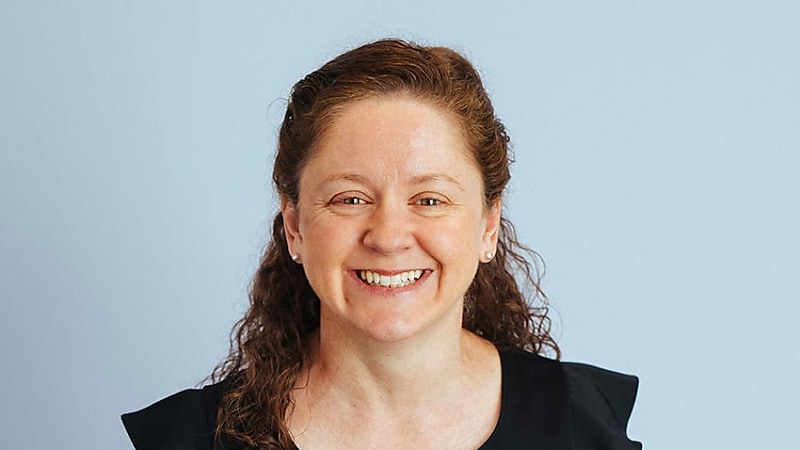Determining related parties necessary to classify in-house assets
To determine if an asset classifies as an in-house asset it is first necessary to determine who or what is a related party to the fund, a technical expert has said.
Lyn Formica, head of education and content for Heffron, said knowing whether the fund has a related party is critical to the equation and often trustees may think there are more related parties than there are.
Speaking on the ASF Audits podcast, Formica said the starting point for related party definition is to first look at the members of the fund.
“All the members of the fund are related parties of the fund, so you effectively put them in your related party bucket. Then we start adding on, and the terminology for these are part eight associates,” she said.
“Anyone who's a part eight associate of a member gets popped into the related party bucket and in this we include relatives, which has a specific definition. We don't include cousins as relatives for this purpose, and we can go any layer down to our descendants, but only go two layers up.”
Formica explained that this means “going up” the layers will only include grandparents and great-grandparents.
“[In related parties] we capture our spouse, relatives of our spouse and the spouses of our relatives. That means my sister is my relative and her husband is also one of my related parties.”
“If it is a single-party fund with a second trustee in that fund, so there are two directors of the corporate trustee, or there are two individual trustees, they become related parties to each other even though they don’t have any other connection, just by virtue of being trustees of the same SMSF.”
In this scenario, the partners of the trustees are also considered related parties.
“If you've got a member who's in partnership with someone, for example, if I were to own a property with someone who is not my relative, that is earning income, whether it is ordinary income, rent or statutory income because it's a tax act definition of a partnership, we're now related parties of each other,” Formica said.
It is then necessary to look at entities in the fund to determine if they meet the definition of related parties and include any entities or companies that the fund or trustees control.
Shelley Banton, head of technical for ASF Audits, said many trustees make the mistake of including relatives many times removed as potentially related parties and try to work backwards.
“They can then get caught with section 70 and it becomes very convoluted and difficult to try and work out where those relations are regarding the related-party bucket,” Banton said.




